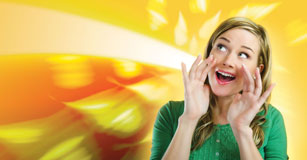50 Activities for 2nd Grade
Hands-on ideas to engage second grade students in meeting standards and learning goals through digital projects.

Fifty ideas for using a digital approach to help second-grade students meet standards and learning goals.
1. Explore antonyms
Explore antonyms with your students. Read Dr. Seuss's The Foot Book and create a list of antonyms. You can start them off with things like hot/cold or high/low.
Students can use a creativity and productivity tool, like Wixie, with illustrations of an antonym pair. Students can use the microphone tool to record their explanations.
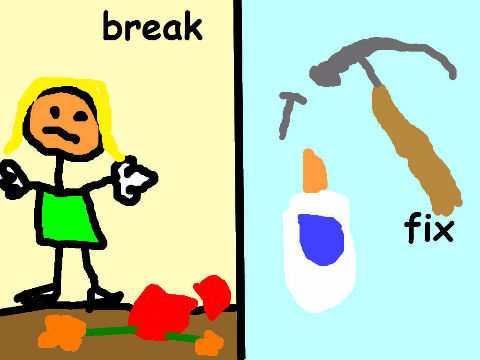
2. Go on a shape hunt
Read a book like The Shape of Me and Other Stuff by Dr. Seuss. Then have students walk around school or their home and find shapes, like rectangles, triangles, or even cylinders and spheres.
Have students use their device to capture the shapes they find and label or add narration to identify them.
Seeing Shapes lesson plan with literature connections, samples, and more
3. Design a superhero
Tap into students' passion for comics and superheroes by asking them to share some favorites. Then, ask them what qualities or "powers" make a great superhero.
Use an ID card approach to help them define their hero's identity.
Discuss as a class, and then ask each student to design their own superhero and explain how their traits make them a hero.
Explore a Design a Superhero lesson plan
4. Create an animal alliteration
Create an amazing animal alliteration - a short sentence in the noun—verb—noun format, such as "Birds build bubbles." Use a creativity tool, like Wixie, to illustrate and record voice narration.
Explore an Animal Alliteration lesson plan
5. Create an animal riddle
Encourage students to craft riddles that test other students' knowledge about animals. Students can select their favorite animal or use this opportunity to learn more about an unfamiliar animal.
Explore an Animal Riddles lesson plan
6. Write a haiku
Combine close reading and descriptive writing with visual haiku. Haiku poems are a 17-syllable verse form consisting of three metrical units of 5, 7, and 5 syllables. Haiku always contain a kigo (season word) to indicate the time of year.
Have students start with a photo as inspiration or write first and add visuals to enhance the meaning.
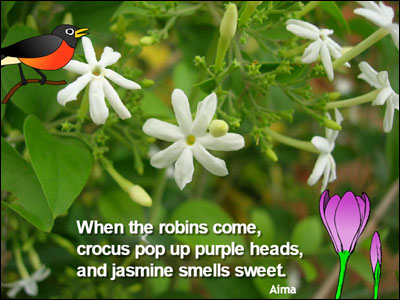
This spare form of writing forces students to choose words wisely. Share haiku and have students read closely to find the kigo word as well as identify other highly descriptive words.
Explore a Harmonious Haiku lesson plan
7. Publish fabulous fables
Students learn about beginning, middle, end, and parts of a story as they write, retell, or adapt a fable.
Explore a Fabulous Fables lesson plan
8. Write a letter to or between characters in a story
Taking the perspective of a character in a story can help students understand their motivations and better comprehend their response to events in a story. Have students use stationery to write a letter to or between characters in a story.
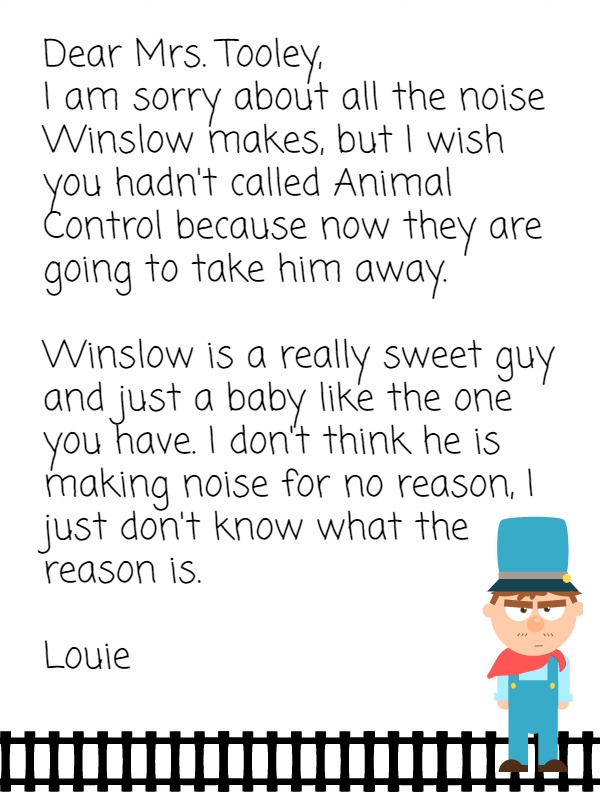
Give students a prompt that requires them to use evidence from text to justify their opinion or make an argument about it.
9. Survey peers
Ask students to survey friends, family members, and neighbors about a favorite book, sport, food, game, or at-home activity. Project a question or a tally sheet on your white board to collect student responses.
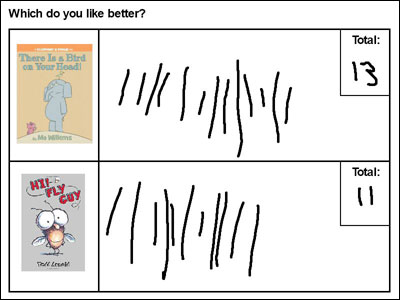
10. Adapt a rhyming story to build skills with phonics
Read a rhyming story like Dr. Seuss's There's a Wocket in My Pocket. Have students choose a place in the house and write a rhyming nonsense word for a creature living there. Use Wixie to add a Seuss-like sentence and illustrate your page. Use Wixie's Project Wizard feature to combine individual student work into a class book. (template)
11. Make a map of your neighborhood
Have students create a map of important places in their neighborhood. Have students start with a plain page or use digital grid paper. Then, ask students to draw locations or capture photos with their devices.
12. Take a 5-senses walk
Go outside and walk around your school. What do you see, hear, smell, touch, or taste? Have students take devices outside to record observations using the 5 senses with pictures and a microphone. Then, when you come back inside, add text and more details.
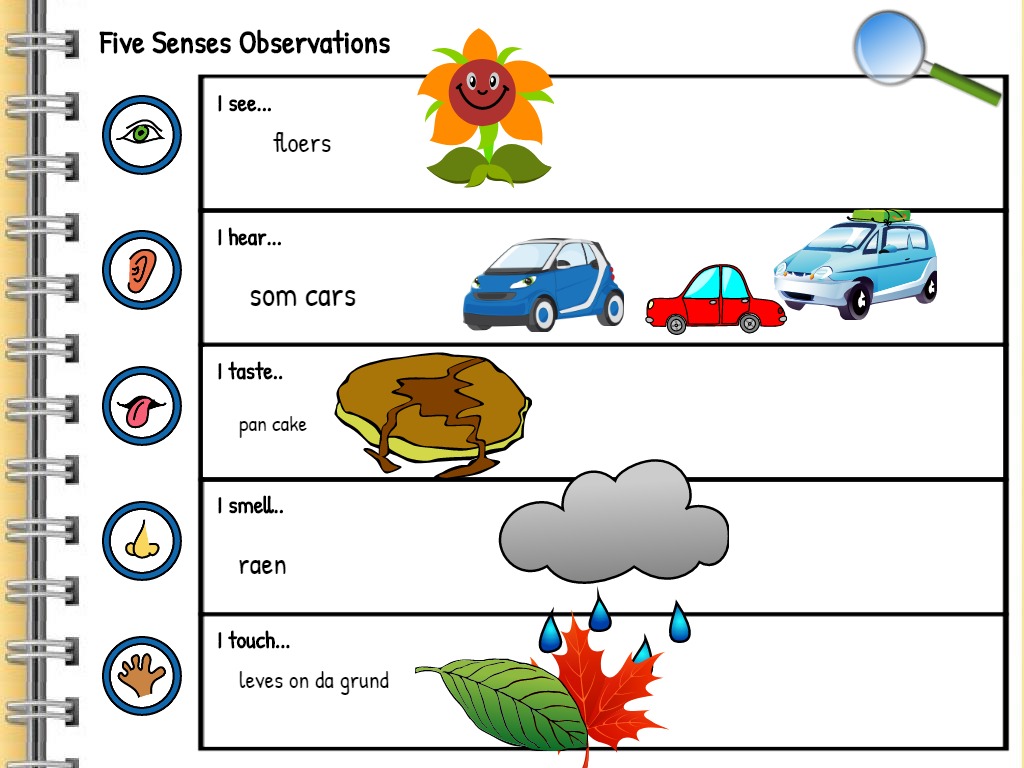
13. Create a timeline
From All About Me, to historical figures, to events in a story, timelines are a great way to have students organize and sequence information.
14. What would you do with $100?
In second grade, students' abilities in reading, writing, and math are blossoming. Embrace their growing ability to think independently by asking them what they would do with 100 dollars.

Create a slideshow of student opinions and discuss them as a class.
Use this project to build literacy and math by asking students to tell you what they would spend their money to buy, why they would do this (reason) as well as subtract the value of this object from 100 to show the change they would get back from paying with a $100 bill.
15. Review and rate a book
Have students write a review of a recent book they have read. Encourage students to share with friends and peers to give them ideas for new titles they can read!
Explore more book review ideas, including a book review cube, on Creative Educator.
Explore a 5-Star Book Reviews lesson plan
16. Create a trait map
Have students use a character trait map to identify a character's physical traits, feelings, and actions.
Explore how to use the Mind Map tools in Wixie
17. Tell tangram tales
After students have tried to solve tangram puzzles, read Ann Tompert's Grandfather Tang's Story where the main character rearranges tangram shapes to represent the characters and events as he tells a story.
Ask students to use tangram shapes to create their own tangram shape puzzle and tell a story about the shape. Combine into a class book!
18. Create a backyard field guide
Ask students to go outside, or even look out a window, and simply observe the plants and animals there. Have them find a plant they find beautiful or an animal that interests them. Use a digital paint program to have them sketch their object and add text labels and insights about what they notice.
Students can then use their observations and sketches, along with a field guide, to help them identify the species if they don't know what it is. They can add additional information or notes to create a field guide for other species that live nearby.
Explore a Fantastic Field Guides lesson plan
19. Write your own version of A. A. Milne's "When I was One" poem
Read "The End" a poem by A. A. Milne, who you know from Winnie the Pooh.
When I was One,
I had just begun.
When I was Two,
I was nearly new.
When I was Three
I was hardly me.
When I was Four,
I was not much more.
When I was Five,
I was just alive.
But now I am Six,
I'm as clever as clever,
So I think I'll be six now for ever and ever.
Use a "When I was (age)" template, have students finish each line, and illustrate the poem.
If you have students of different ages, make a copy and adjust the template to add or remove a line. Then, assign different templates to different students.
20. Craft a concrete poem
Concrete poems are poems where the words are arranged in a shape that reflects the topic of the poem. Because creativity, presentation, and productivity tools let you resize, move, and rotate text easily, they make it easy to move text to create a desired shape.
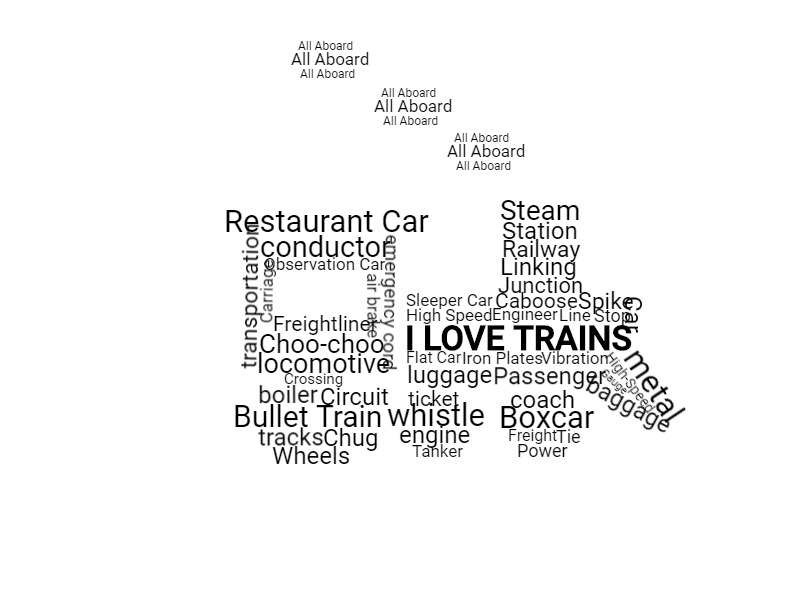
Ask students to write a poem in small phrases or stanzas. Then, use the font, size, color and rotation options to use it to create a larger image.
21. Create a character coat of arms
Small, but mindful, changes can move a task beyond remember and retell. For example, replace a typical character trait cluster assignment with the task of developing a coat of arms for a story's protagonist that represents traits of the main character.
Creating a coat of arms provides students with an opportunity to think about objects, colors, symbols, and mottos that reflect a character's personality, passions, strengths, and experiences.
Wixie has a Coat of Arms template that makes it easy to add color, text, and images to show comprehension.
22. Write a fractured nursery rhyme
Ask students to write a funny, or fractured, version of their favorite nursery rhyme. Have fun!
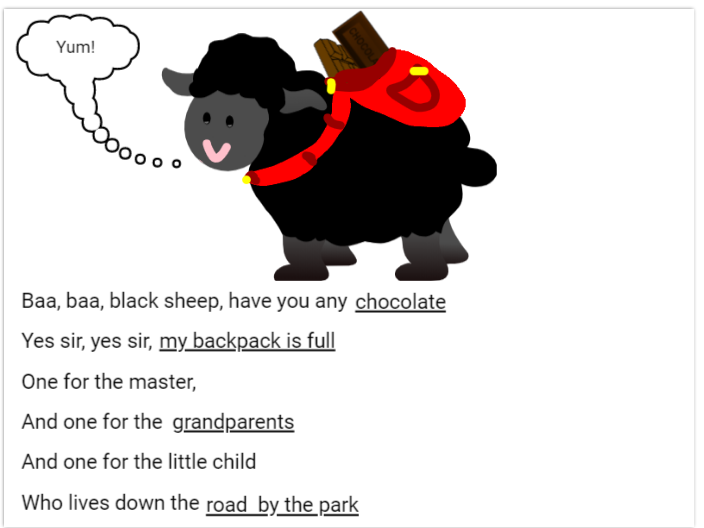
23. Plan a class party
Planning the details for a party, including needed space (measurement) and a budget (calculations), requires students to practice and apply math and argument skills to a real-life scenario.

Explore a Plan an Event lesson plan
24. Take a brain break
When the mind needs a break, a creative activity can help. Use a digital art tool to sketch or simply play a digital game.
Remember scratch art? Wixie has a collection of pages with a variety of backgrounds students can "scratch" using an eraser tool.
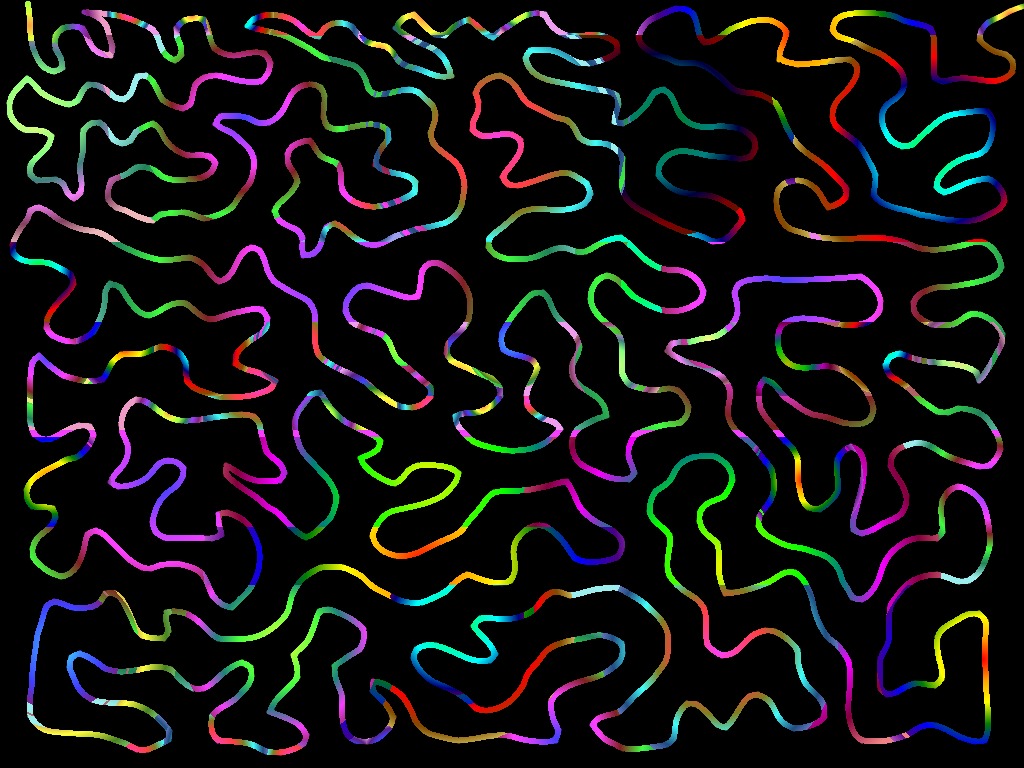
25. Create and send a digital thank you card
Find a thank you note design and write a letter to your teacher. Better yet, start a blank page and use the paint tools to create an original drawing.
You can also use your device's camera to capture your picture and use the microphone tool to record your voice and let your teacher know how much you appreciate them.
26. Write about your favorite relative
Practice opinion writing through a favorite relative project. Give structure to your emerging writers by using an O-R-E-O Opinion template which asks them to state their opinion, share 2-3 reasons why, and finish with a concluding statement.
Share students' work with their favorite relatives.
Explore a Favorite Relative lesson plan
27. Interview an animal
Kids love animals, so use this love to build research, questioning, and communication skills with an animal interview!
Sharing factual information in story form helps students avoid simple repetition of facts or direct copy and paste.
Explore an Animal Interview lesson plan
28. Write a backwards rebus poem
Read or watch I Love You, A Rebus Poem by Jean Marzollo. Challenge students to come up with reverse rhymes for their I Love You message. Great idea for Valentine's or Mother's Day.
29. Create an ABC's of...
After researching and learning about a topic, have students use an A-B-C format to share knowledge they have learned.
Assign individual letters to students and combine into a class project.
Explore an ABC Book lesson plan
30. Celebrate culture
Creating a safe and respected community culture in your classroom is essential. Have students complete and share a culture poster about themselves, including where they are from, family traditions, and more.
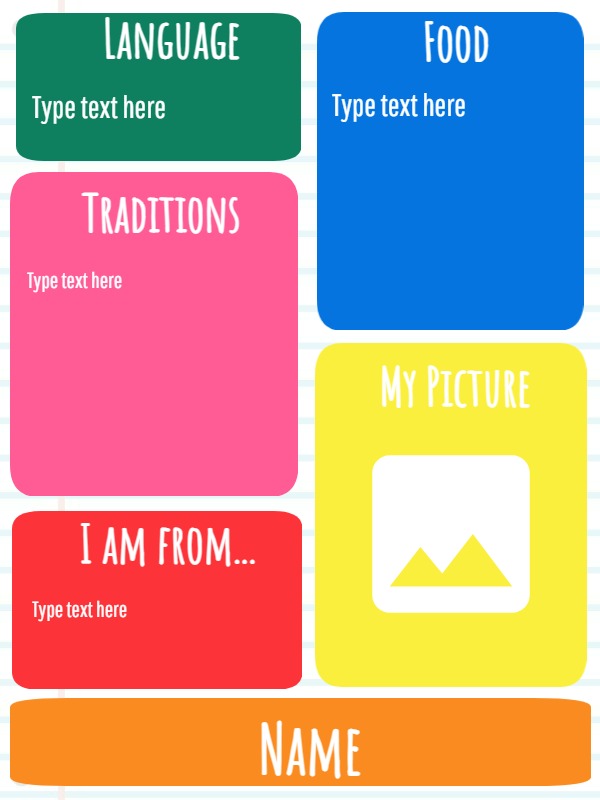
31. Write your own word problems
Have students use a paint or image program, like Wixie, to draw models that help the viewer (and themselves) visualize quantities and relationships in word problems.
32. Persuade for a pet
Humane societies and pet rescues reported record numbers of adoptions during COVID-19. Encourage students to write a letter or create a presentation to persuade their family to get a new pet, supporting their opinion with reasons and examples. An O-R-E-O graphic organizer can help students support their opinions.
Explore a Persuade for a Pet lesson plan
33. Inform others about an endangered plant or animal
Ask students to raise awareness or inform others about an endangered species in the form of a trading card. The limited space on a trading card helps emerging writers summarize information and organize their thoughts.
34. Create a digital word wall
Digital tools make adding thoughts to a personal word wall easy. Ask each student to add words they do not know from books they are reading. Have students look up the meaning in a dictionary or ask a peer to help them define the word and add a picture or voice recording.
35. Create a memory book
Have students reflect and compile memories of the school year by creating a digital memory book.
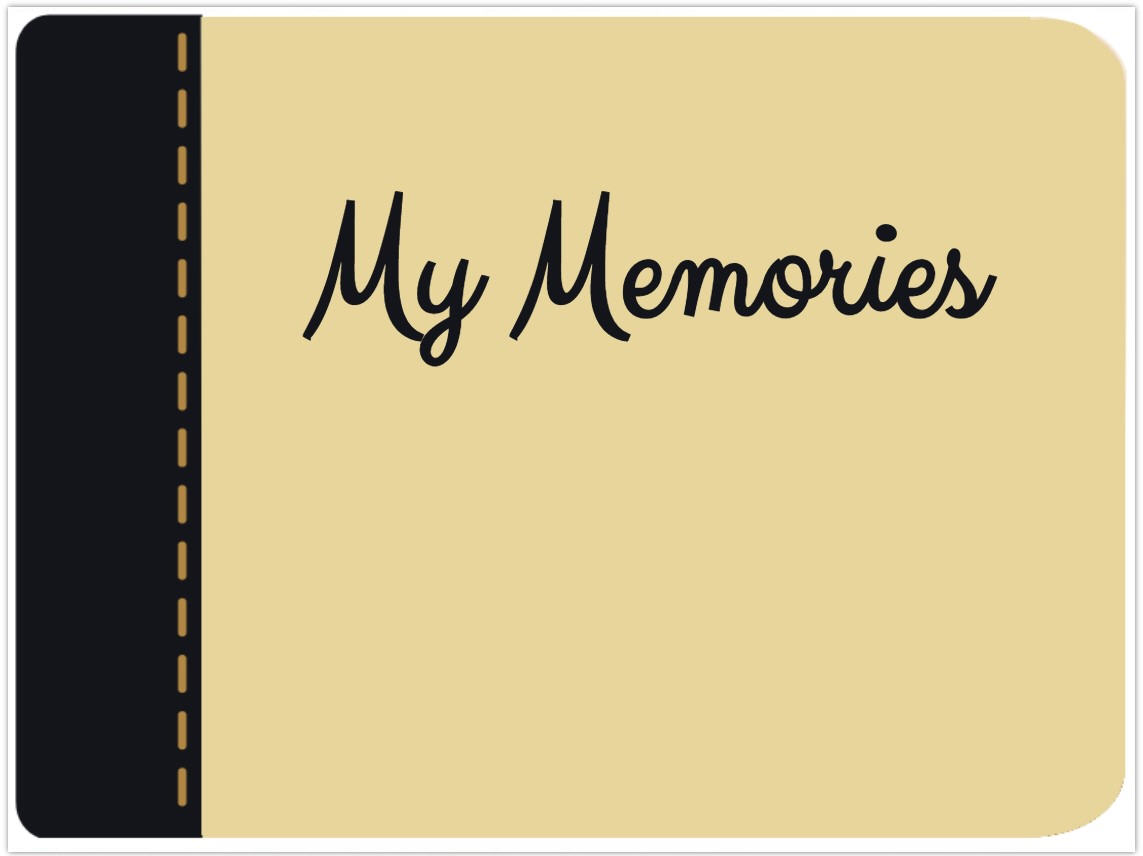
Tools like Wixie make it easy to add images, text, voice recording and video to capture experiences, feelings, and achievements.
36. Design a habitat snow globe
Most students have or have seen a snow globe at home or at a tourist attraction. Ask students to design a snow globe to showcase the animals and plants in a particular habitat.
Explore a Create a Creature lesson plan
37. Publish a brochure for your neighborhood
What makes where you live special? Our families choose places to live based on economics, weather, family, geography, and culture.
Have your students talk to their parents about why they chose to live where they do. Encourage students to walk their neighborhood, take pictures, and use what they learn to create a brochure to let others know about the unique place they live.
38. Tell a data story
Read or watch Five Creatures by Emily Jenkins. This story describes a family with five creatures comparing features between them in many different ways.
Have students collect data for five creatures in their home and use this data to write their own five creatures story!
Explore other books that make for great literature adaptations.
39. Design a how-to book or presentation
What can your students teach others? Procedural writing is an excellent way for students to become experts in a topic and feel confident about their ability to share the information with others.
To cement learning and inspire others, encourage students to closely examine the parts of a rule they struggle to understand or share the process of doing something they are passionate about. Use a flowchart to help students break down the process into each essential step.
Explore a Procedural Writing lesson plan
40. Become the masked reader
Take a clue from the Masked Singer television show to make reading fluency practice less stressful and way more fun.
This is especially helpful for ELLs and struggling readers since they can practice, record, delete, and try again to produce their best work. Their work can also remain completely private if the reader is not unmasked.
41. Make safety PSAs
Public service announcements are a great way to get students to back up claims with evidence and practice argument writing without conflict.
Helping other students practice safely crossing the street, eating healthy, and even just acting nice are easily within the reach of emerging writers.
Explore a Halloween Safety PSAs lesson plan
42. Write cycle stories
Science doesn't have to be a list of boring facts or calculations. How does a drop of water feel as it evaporates or plunges down a gully after a fierce rainstorm? How does rock feel when it transforms into a liquid and is ejected from a volcano?
Ask students to craft a digital story that shares a science cycle from a first person perspective!
Explore a Cycle Story lesson plan
43. Design an animal diary
Have students use personification to write a diary for an animal that teaches others about its unique physical characteristics, behaviors, and adaptations.
Explore an Animal Diary lesson plan
44. Use emojis to write a story
Emojis started as a time-saving way to communicate emotions without having to type each letter, but have quickly become part of popular culture. Use your student's interest in emojis to encourage creative writing. If needed, provide them with a writing prompt.
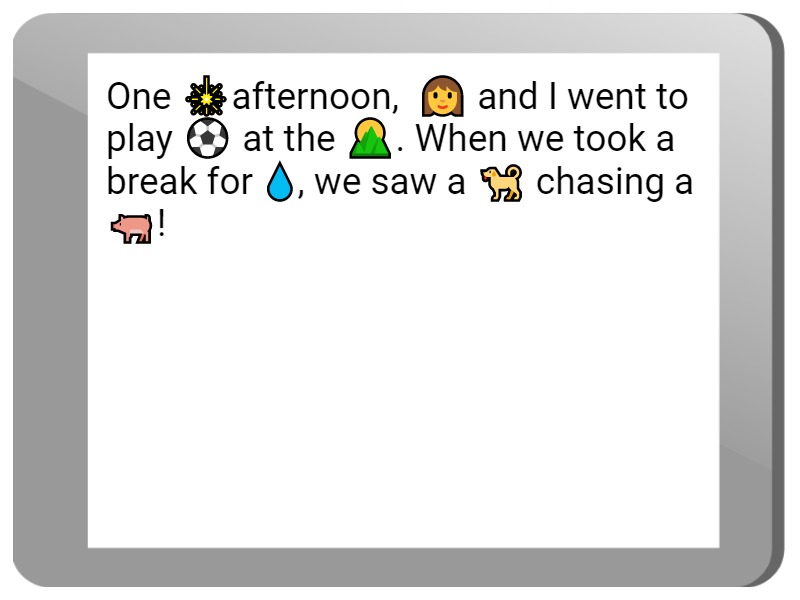
45. Give students project choices
When every student completes the same task, like creating a trading card or comic, project work is easier to manage. While this is effective, students also thrive with choice!
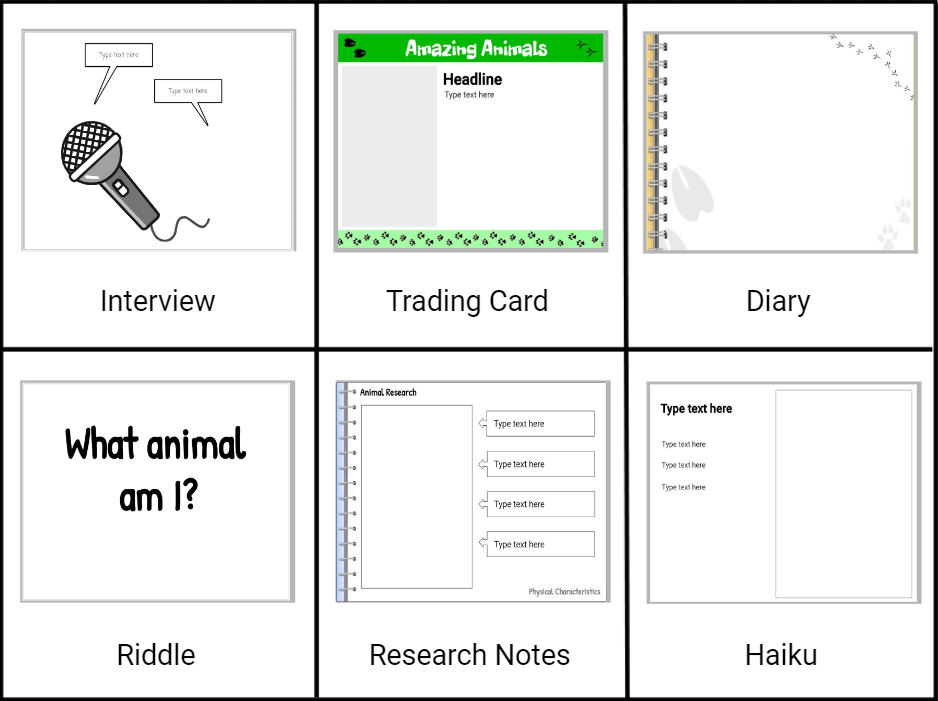
Create a choice board or task your students with sharing their learning in the medium they choose.
46. Observe with a new perspective
So much of what we see about our world depends on our perspective. While young students are still working to show what they observe through their sense of sight, have them practice taking someone else's perspective by sharing a view of the world from the eyes of an insect.
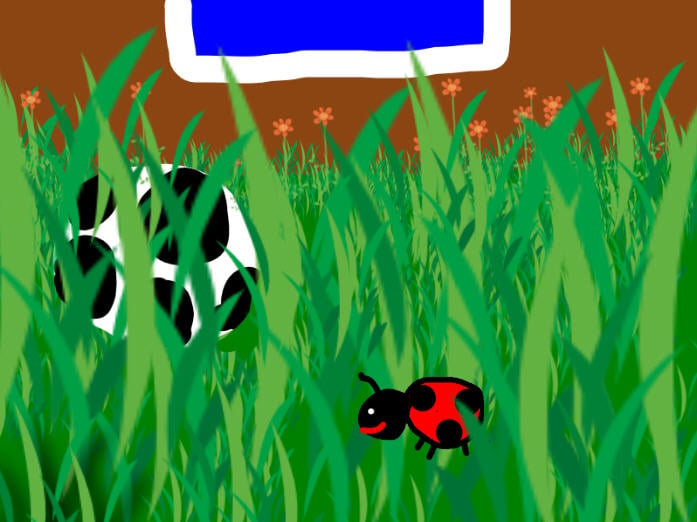
You can also ask them to complete an empathy map and then write a story about a day in the life of an insect or a letter to one of their insect friends.
47. Adapt a story
To support your budding authors, ask them to give a twist to a story they know by adding or replacing nouns and verbs.
Explore a list of books perfect for student adaptation
48. Celebrate a community helper
Community helpers are essential to the health and success of our world. Have students celebrate how a community helper is essential to a community by combining words, pictures, and even narration in a digital sentence strip.
49. Write a 5 senses poem
In addition to reinforcing scientific observation, engaging the five senses is a great way to help young learners add descriptions to their writing and practice vocabulary.
If your learners would benefit from a little direction, provide a specific topic for their poem.
Explore a 5 Senses Poetry lesson plan
50. Explore the shape of things
Dayle Ann Dodds and Julie Lacome showcase shapes in a fun rhythmic story in their book The Shape of Things.
Use this story to inspire students to write their own shape of things book that names a common shape and how it becomes a common object when specific things are added to it.
Explore a Shape of Things lesson plan










